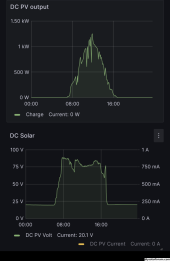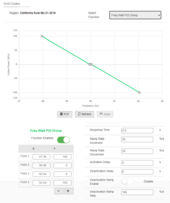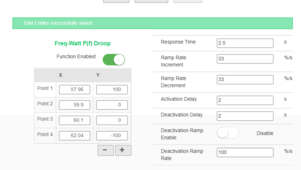Well, if I wasn't already sure, I'm now convinced, this is an addiction. I don't need it, but I picked up 48 used EVE cells from Ampster. Huge thanks, they were a great deal!
Anyways, was going to put them together into 3 parallel 16s packs.
However, I can't lift a 16s pack, so I was going to clamp them in 8s strings with 2 in series on a single BMS to make each 16s battery.
Then, I picked up my enclosure and discovered I couldn't fit them in place at 2 8s strings. So that's each 16s battery will be clamped as a 2 groups of 5 and one group of 6 (modules of 5 or 6). Still on a single BMS.
That means I'll have 9 clamped together modules and 3 BMSs. Likely Batrium, I prefer the external shunt and I already purchased a shunt trip breaker.
Anyways, I did a test assembly on the first module of 5. I'm glad pulled back to 5&6! This is much easier to move around than a module of 8 would have been.
The end plates are 3/16" steel, the clamp rods are 1/4"-20, there's 1/4" plastic insulation on the bottom and sides. Then a thin sheet of HDPE between the cells.
Yes, I messed up for this test fit and put the last cell on backwards, good thing I'm not doing bus bars on this test fit.
The plastic sheets between the cells is fiddly and was annoying to get in right. I think I'll pick up some katpon tape to both cover the tears in the blue shrink wrap and attach the HDPE insulation sheets.








